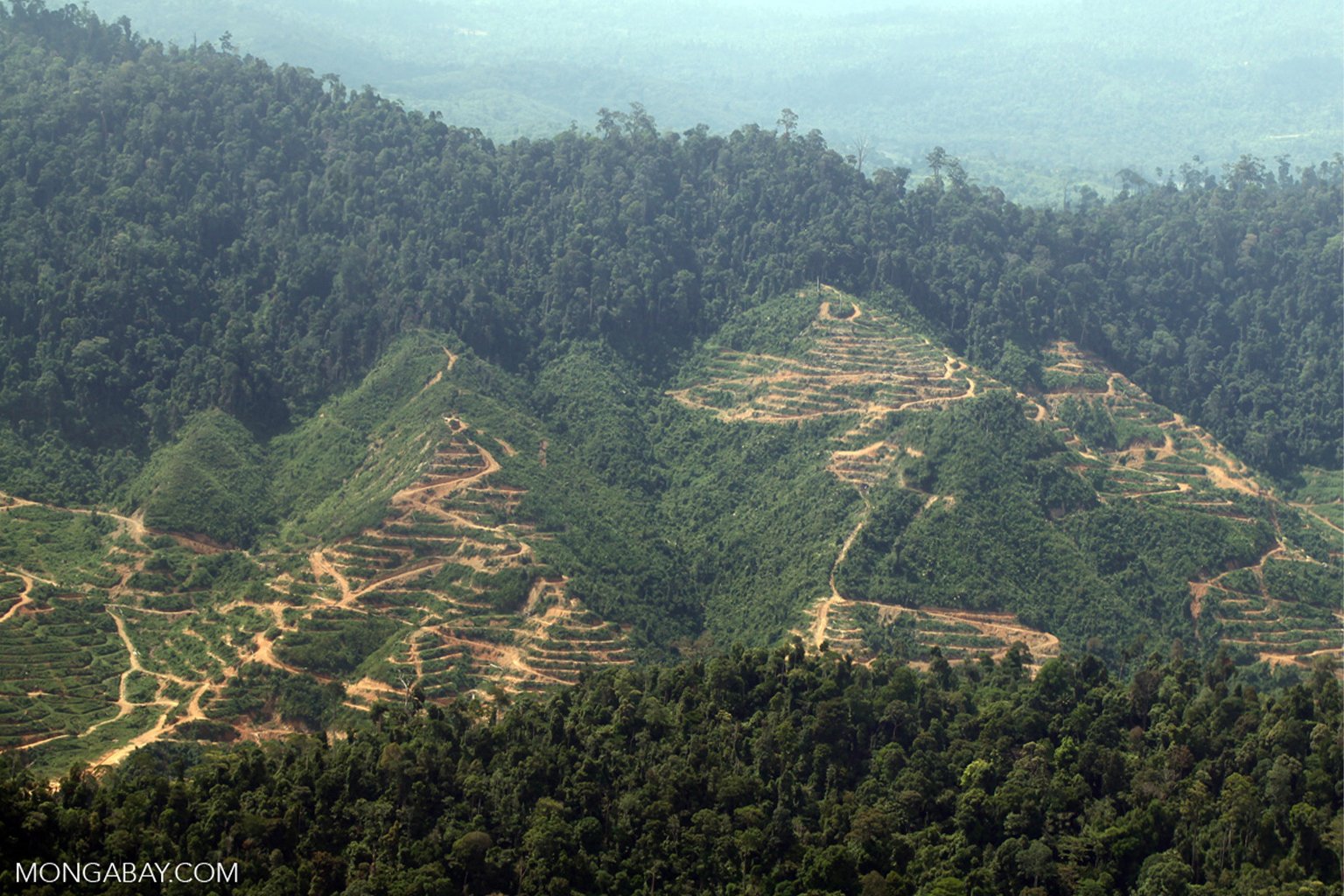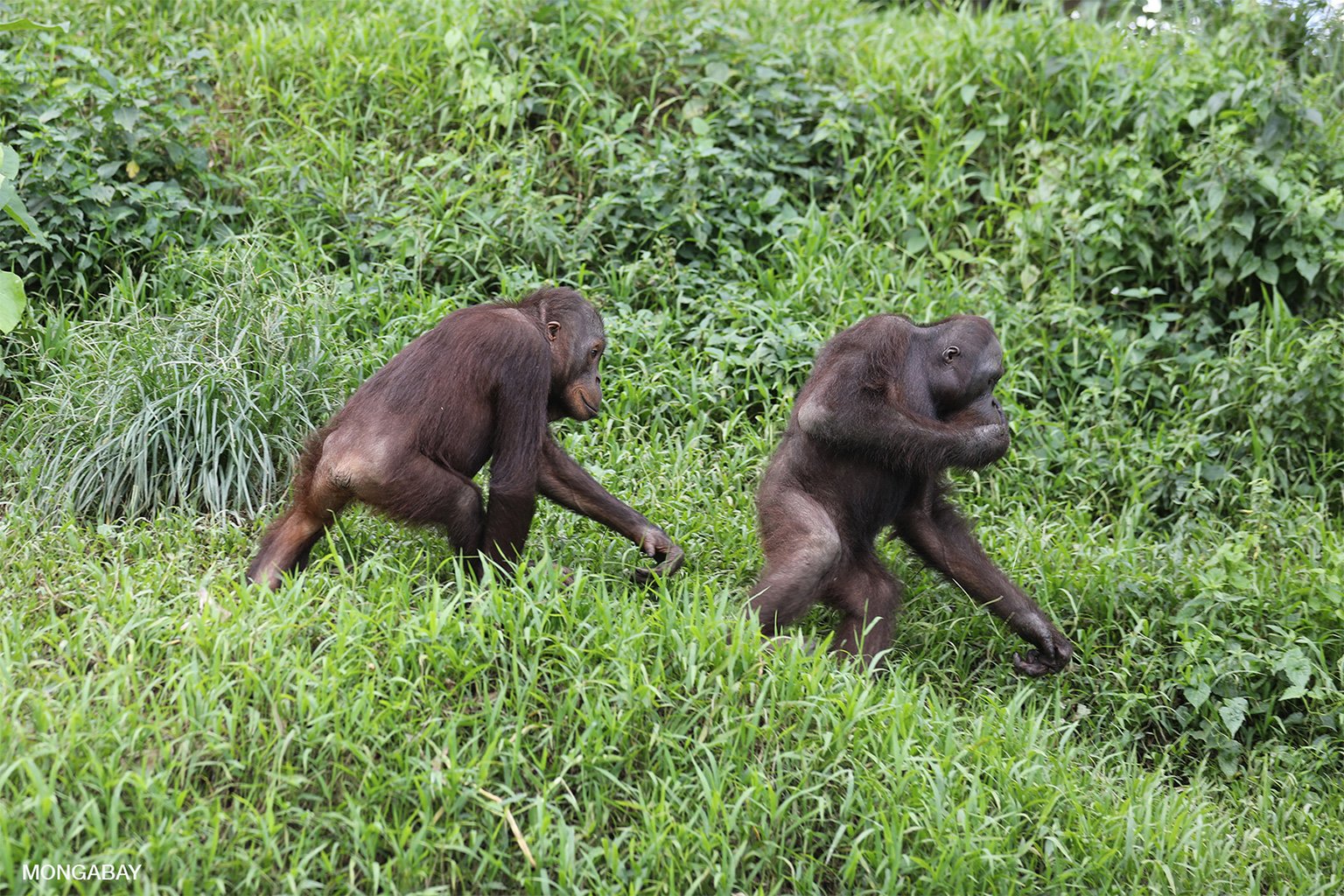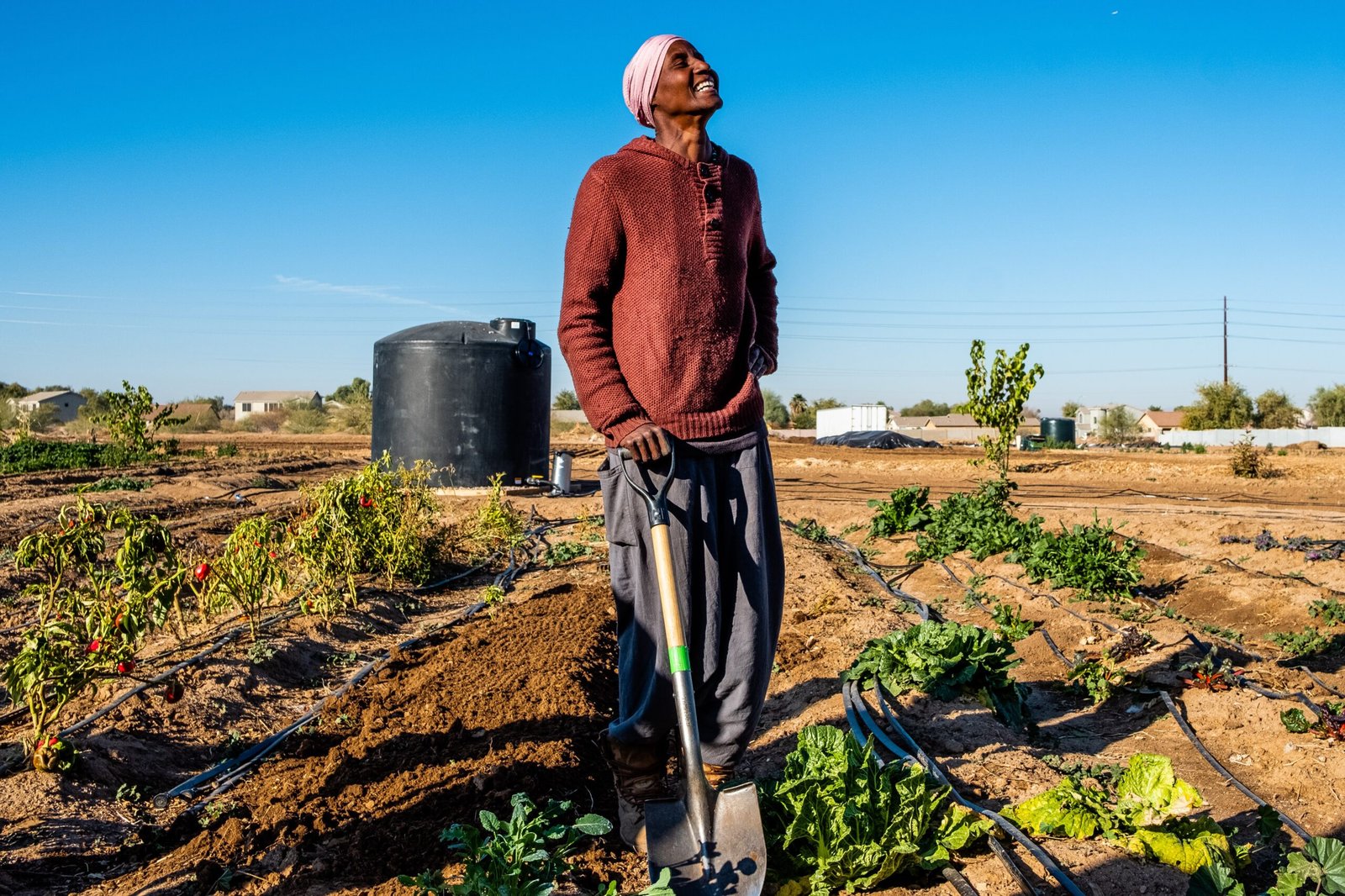- A recent study evaluating spending on orangutan conservation, calculated to amount to more than $1 billion over the past 20 years, found wide variations in the cost-effectiveness of various conservation activities.
- The study found habitat protection to be by far the most effective measure, followed by patrolling.
- By contrast, habitat restoration; orangutan rescue, rehabilitation, and translocation; and public outreach were found to be less cost-effective.
- The study relied on building a model that correctly accommodated numerous factors, something both the researchers and outside experts highlight as a challenge.
Over the past 20 years, more than $1 billion has been spent on orangutan conservation. Yet all three species of orangutan are currently classified as critically endangered and continue to decline. A new study published in Current Biology, believed to be the first of its kind, has evaluated the cost-effectiveness of all orangutan conservation spending and has found that some methods are far more effective than others.
“It was important to really robustly quantify it and say, OK, we have invested a billion dollars and we still managed to lose 100,000 orangutans,” says study co-author Erik Meijaard, a forest conservation scientist who has worked in Indonesia and Malaysia for the past 30 years. “We probably would have lost 135,000 if we had not done anything — it’s up to you to decide if that’s a positive or negative story.”
The study evaluated the cost-effectiveness of six different conservation activities on the Indonesian island of Sumatra, Kalimantan on the Indonesian side of Borneo, and Sabah on the Malaysian side of Borneo. In total, $870 million was spent on orangutan conservation across the three regions between 2000 and 2019. When those figures are adjusted for inflation, the spending is equivalent to more than $1 billion in today’s money.
To assess conservation effectiveness, the research team brought together data from a range of sources to build a picture of the orangutan population in 2019. The team then used computer models based on previous research data to estimate what things would look like for orangutans if different conservation activities had not taken place, known as a counterfactual.
Across all three areas, protection and management of habitats was the clear winner, offering the greatest return on investment, measured as an average 12% increase in the probability that an orangutan would be present in an area where money was spent on habitat protection. Next was patrolling and law enforcement, with a 9% improvement in the probability of orangutans being present. Much further behind were habitat restoration, orangutan rescue and rehabilitation, orangutan translocations and reintroductions, and public outreach and capacity building.
“An honest review such as this of whether conservation money spent was spent well is welcome,” says Hemanath Swarna, an ecological economist attached to the International College of Management, Sydney, who was not involved in the study.
However, both Swarna and the study’s authors note that it’s extremely difficult to accurately model such a complex collection of data.
“[One] challenge is properly accounting for ‘confounding variables,’ a third variable that could have influenced conservation spending as well as the conservation outcome that is attributed to spending,” Swarna says. For example, he highlights factors like the strength of institutional and economic conditions in a particular locale, both of which will influence the success of conservation projects.

Another key challenge for the research team was sourcing data on cost, something often not published by conservation projects. Where they could not find data, the team extrapolated from similar organizations or projects.
“It is not easy to verify the data’s accuracy either. What if money was ‘allocated’ for a particular intervention but was not wholly or effectively spent for that intervention?” Swarna says. “Nonetheless, despite the difficulties, I would believe the authors would have done their best to collate and use what information is suitable to a reasonable degree.”
In the paper, the research team openly acknowledge the challenges of modeling such a complex topic with the information available, and say they included a variety of social and environmental factors in their model to try and make it as realistic as possible.
“It’s tricky, especially modeling what would have happened if you hadn’t made those investments, it’s a tricky thing to do,” Meijaard says. “Given the data we had, there is uncertainty on all sides, but I think by and large we got it pretty much right.”
The study adds to questions raised over the effectiveness of orangutan rehabilitation and wild-to-wild translocation programs — both of which resonate well with Western donors and so raise significant sums of money. NGOs working in this space often argue that the money raised comes from the animal rights movement and so would not necessarily be spent on conservation anyway, making comparisons less relevant — a point that Swarna to some extent agrees with.
“Protecting animal rights need not equate to species conservation,” he says. “One may fund activities to reduce suffering of an injured or displaced animal, but this need not always contribute to the viability of the animal’s population in the wild.”
For Meijaard, concerns over wild-to-wild translocations and rehabilitation programs go beyond just cost-effectiveness. He says there’s a growing body of evidence that such programs may even be damaging to orangutan conservation: remaining forest fragments losing their value when orangutans are removed; the perception takes hold that conservation issues like orangutans can simply be moved elsewhere; and local people grow alienated from seeing large sums of money spent on orangutan rehabilitation while none is spent on them.

As to the importance of this study and the application of similar modeling on other areas of conservation, Meijaard is pragmatic.
“I’ve now learnt that it takes a huge effort to put a data set together and run these analyses and you need to think what the value is to future thinking,” he says. “We now understand what the past was like, does it really inform the future?”
In their paper, the authors call for a transparent and centralized system of reporting costs and results for conservation activities — something that would make analyses like this much simpler and more effective in the future. Despite the challenge of pulling a study like this together and the inevitable limitations of any models’ findings, Meijaard says he believes such exercises are important.
“We work in such a crisis field sometimes it feels like just try something, try anything,” he says. “I think some cool-headed evaluation of effectiveness is important and there should always be this constant adaptive thinking: Could we do better?”
Banner image: A Bornean orangutan in Indonesia. Image by Rhett A. Butler/Mongabay.
Citations:
Santika, T., Sherman, J., Voigt, M., Ancrenaz, M., Wich, S. A., Wilson, K. A., … Meijaard, E. (2022). Effectiveness of 20 years of conservation investments in protecting orangutans. Current Biology, 32, 1-10. doi:10.1016/j.cub.2022.02.051
Chua, L., Fair, H., Schreer, V., Stępień, A., & Thung, P. H. (2021). “Only the orangutans get a life jacket”. American Ethnologist, 48(4), 370-385. doi:10.1111/amet.13045
FEEDBACK: Use this form to send a message to the author of this post. If you want to post a public comment, you can do that at the bottom of the page.












